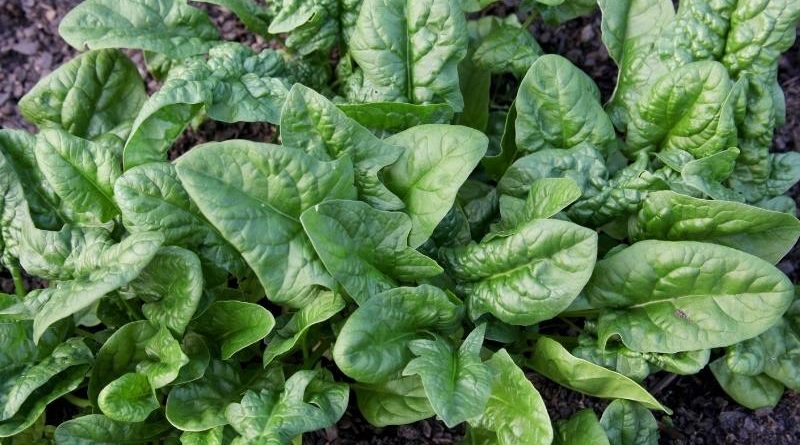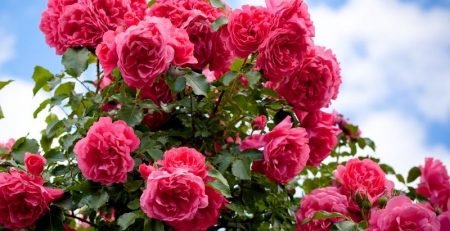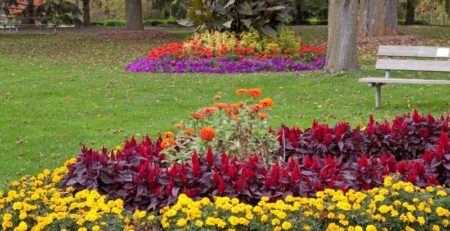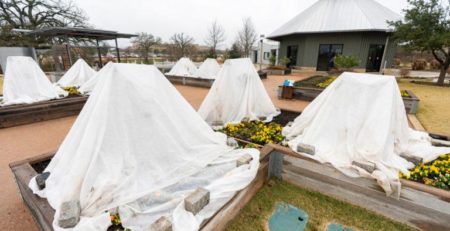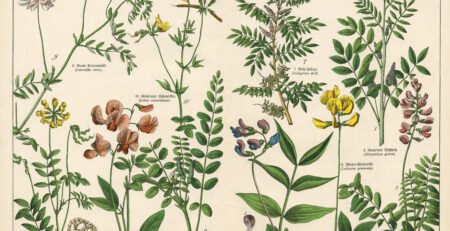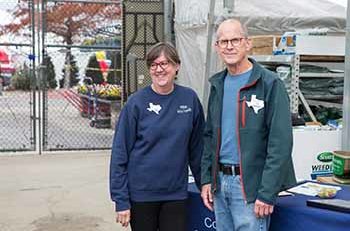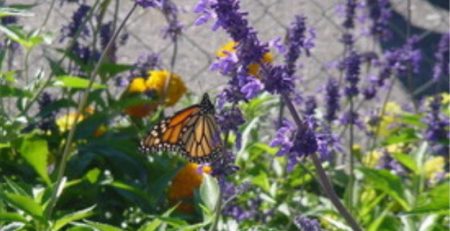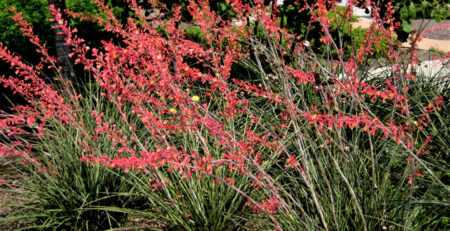What can I plant now in my vegetable garden?
Q: What can I plant now in my vegetable garden?
A: Spring is approaching quickly and although it is not quite time to set out warm season vegetables, there is still time to get some cool season crops in the ground. Cool season crops are those that grow well and perform best in temperatures roughly between 60°F and 80°F. Some will perform at daytime temperatures as low as 40°F. Cool season plants may not die with the onset of hot weather, but they will go to seed or lose quality and flavor, therefore it is important to plant early enough in the spring to allow for optimum growth.
Many cool season crops can be started directly from seed. Others must be started from transplants if they are to reach maturity before hot weather sets in. Broccoli, Cauliflower and Cabbage are traditionally set out as transplants in late winter. When selecting seeds and transplants, look for varieties that are recommended for your growing area. Much research has gone into identifying cultivars that are adapted to our unique North Texas climate.
While many warm season crops can tolerate a wider range of soil conditions, cool season vegetables and herbs require well drained soil that can be worked to a depth of 8-12 inches. If you have hard, compacted or shallow soil, consider a raised bed or containers to increase your chance of success.
So what exactly can I plant?
From seed, you can plant radishes, carrots, beets, leeks, peas (English/snap type), parsley, cilantro, lettuce, spinach, collards, asparagus, and mustard. From transplants, you can plant cabbage, broccoli, and any of the cool season vegetables listed above. It is generally not recommended to transplant root vegetables, but some sources report success as long as the transplants are handled with extreme care. Potatoes from seed pieces can be planted up to March 1. The window for onions has passed.
The best way to determine what and when to plant is to consult a planting chart. Some charts will also include information about planting depth, spacing and optimum soil temperature for planting. You may notice that planting guides may differ slightly in their recommended timing of planting. Keep in mind; if you plant a bit earlier, you will need to be ready to protect your crops from a cold snap. If you plant a bit later, you may run into a very hot spring, which may decrease the productivity of many plants.
Get a North Texas planting guide.
For great information on cool season gardening in general, see:
https://cmg.extension.colostate.edu/Gardennotes/720.pdf
https://extension.psu.edu/cool-season-vs-warm-season-vegetables

